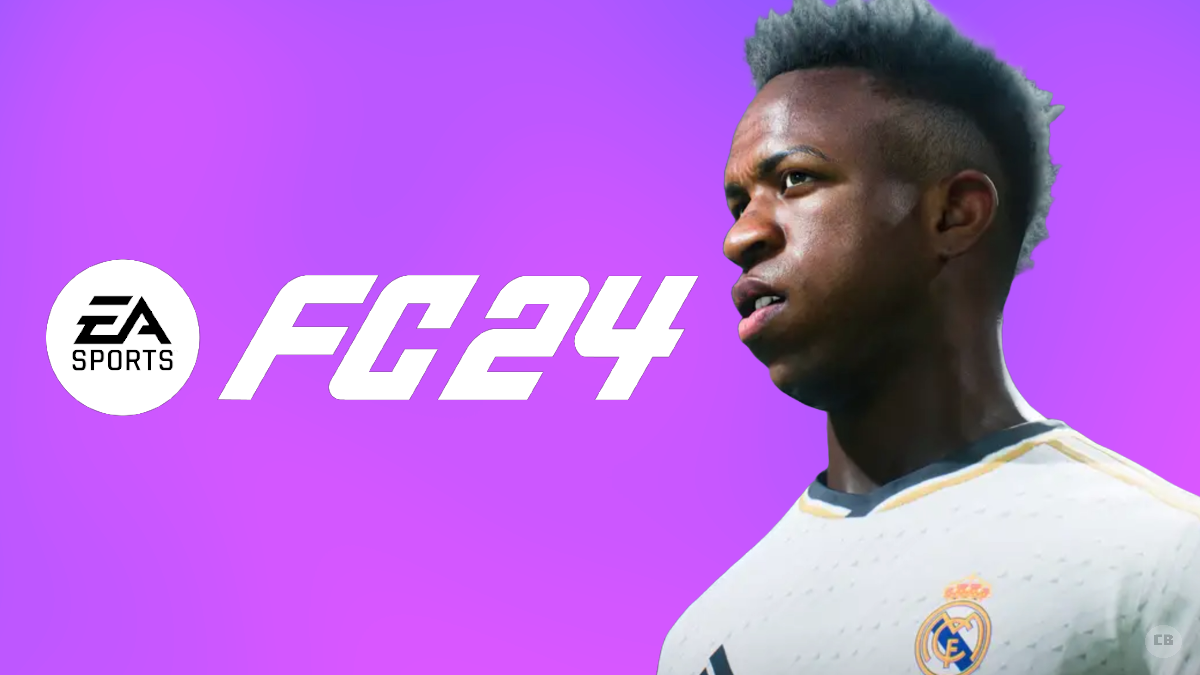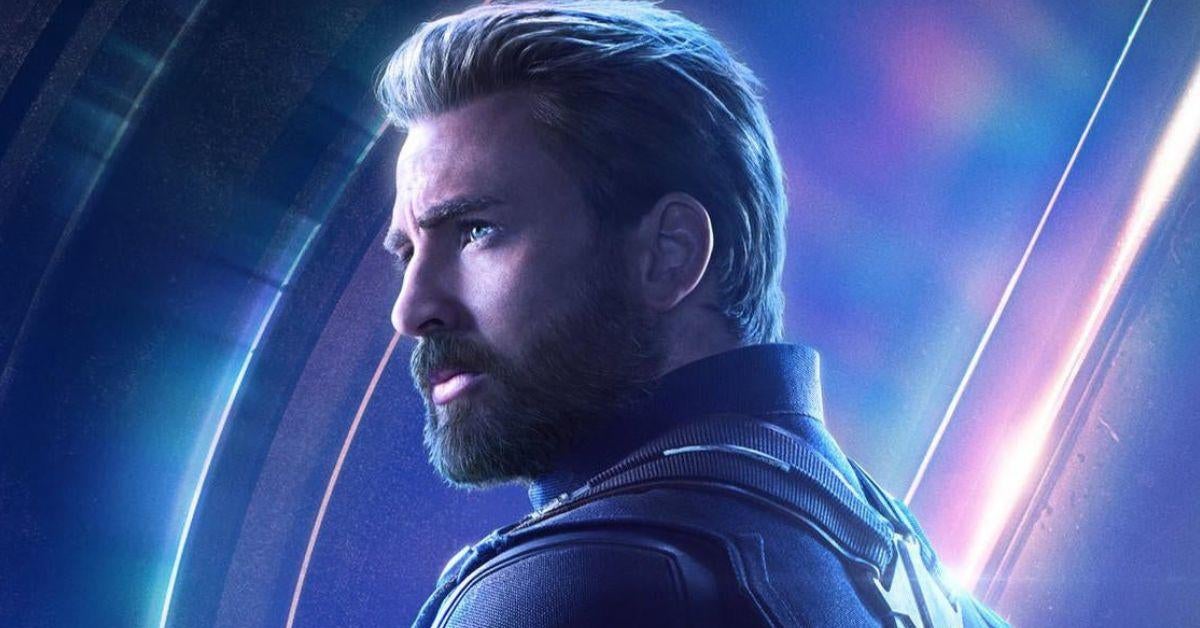What is the Snyder Cut of Justice League?
Later this week, HBO Max will debut Zack Snyder's Justice League, a four-hour film presented as a [...]
Later this week, HBO Max will debut Zack Snyder's Justice League, a four-hour film presented as a prestige superhero event, complete with several digital premieres and events to benefit the American Foundation for Suicide Prevention. The film is so eagerly awaited by some, and the very notion of its existence so loathed by others, that the first reviews started to trickle out today, and the movie is already trending on Twitter, days ahead of its official release. It's going to be a long week, and the odds are good that if you have even a passing interest in the geek space, you're going to be inundated with discourse about Zack Snyder's Justice League on social media.
But, you ask (since you are but a cipher for this article's point), "What is the Snyder Cut of Justice League?" That's a very thoughtful question, dear reader, and we're very glad you phrased it in exactly the way the headline did.
Most people who are plugged in to superhero movies likely remember 2017's Justice League. The film, which was credited to director Zack Snyder, was a critical and commercial disappointment, to put it lightly. While it fared slightly better with critics than Snyder's previous movie, Batman v Superman: Dawn of Justice (on Rotten Tomatoes, Justice League scored 40% on Rotten Tomatoes, versus 28% for Batman v Superman), its commercial fortunes were nowhere close to what Warners hoped and expected from a movie that brought together so many superheroes and cost so much to make.
Justice League was the third DC Universe movie credited to Snyder (after Man of Steel and Batman v Superman), but he had his fingers in all of the others, too; he had been hired on as the visionary who would drive the DC film universe forward, helping to set the tone for the shared universe, advising other filmmakers on their projects, and overseeing Batman v Superman, where characters like The Flash, Aquaman, and Wonder Woman were to debut.
Let's be clear: the Justice League box office was a disaster. Batman v Superman had underperformed relative to studio expectations, but the movie had still grossed nearly $900 million globally. With Justice League, they had a film with six superheroes and a global haul of $657 million and change. The movie failed to crack the year's top ten movies at the box office, and inf act was bested by no less than five superhero movies -- Wonder Woman, starring a character who actually appeared in Justice League; Guardians of the Galaxy vol. 2; Spider-Man: Homecoming; Thor: Ragnarok; and Logan.
Besides being a follow-up to Batman v Superman, which had been intensely controversial online, Justice League suffered from rumored production issues almost the moment it started filming. Snyder had been hired, the announcement said, for Justice League Part One and Part Two, which fans took to mean that he was making a two-part epic in the vein of what Warners had done with Harry Potter and Lionsgate with Twilight. By the time of the Justice League set visit a few months later, any notion of a Justice League Part Two appeared to have been relegated to a "wait and see" approach, contingent on Justice League's performance theatrically.
So, that's it, right? Zack Snyder's Justice League is just two halves of the Justice League story squished together?
Oh, you sweet summer child. No.
During production on Justice League, Warner became concerned that the movie might not meet the lofty expectations they had for it, and brought in Marvel's The Avengers writer Joss Whedon to punch up the script. During a New York Times interview this week, Snyder confirmed what many have long suspected -- that WB executives wanted Whedon to bring in a lighter touch and some humor to a movie that Snyder had seen as a massive, mythical epic.
Marvel, as Snyder saw it, had the market completely cornered on its particular brand of snarky, flashy, superhero action comedies, and if Warner wanted its DC movies to have a distinctive, successful brand, he suggested leaning into the notion that their heroes were cosmic in scale and larger than life (as opposed to Marvel's, many of whom were "regular guy" types who stumbled into heroism by circumstance or sought it out as a way of trying to make a difference in a hard world). All of this meant that the idea of bringing in Marvel's (to that point) biggest gun and asking him to punch up the dialogue, felt anathema to the philosophy Snyder had been espousing to Warner Bros.
It was during production of Justice League that Snyder lost his daughter, Amber, who died by suicide. He exited Justice League, and has since said that he didn't want to spend his nights at home grieving and his days at work having the kind of knock-down, drag-out fights with Warner Bros. that would be needed to have the movie resemble his vision. Whedon, the studio decided, would put his Avengers experience to work on Justice League, with some reshoots ordered to bring the project more in line with what he and a number of studio executive saw as their ideal version of the film. The movie would keep its original release date -- a little over eight months after Snyder's daughter passed away -- and so one of the byproducts of Whedon's reshoots was a schedule in which Henry Cavill had to appear as Superman, but was contractually forbidden from shaving a mustache he had grown for Mission: Impossible - Fallout. The movie, then, not only featured some incredibly spotty CGI used to hide the mustache, but actually opened with a scene featuring the mustache. It became an instant meme, and was also emblematic of the film's disastrous reception.
Meanwhile, Snyder had asked some of the behind-the-scenes people he had worked with to save an assembly cut he had made for Warner Bros. An assembly cut is, basically, all of the footage that has been shot for a film, cut together in order and assembled. There are rarely any visual effects or music in it, so it looks incredibly raw, especially for an effects-heavy film like Justice League. Snyder's assembly cut was now with him, comprehensive but unfinished, while the studio was peddling a version of the film which frankensteined together the work of two very different directors to create what they wrongly assumed would be the most commercially viable version of the film.
The movie came out, it did what it did, and the fans who had enjoyed Snyder's Man of Steel and Batman v Superman immediately started to refer to the theatrical cut of Justice League derisively as "Josstice League." It wouldn't be long before the first #ReleaseTheSnyderCut tweets started to filter in. Demands directed at Warner Bros. to allow Snyder to complete and release his version of Justice League grew in volume and intensity from the end of 2017 through 2020. Eventually, it got to the point where anything Warner Bros. would tweet -- and sometimes any tweet that fans decided Warner Bros. was likely to see, such as a Deadline story announcing a new CEO for parent company WarnerMedia -- would be inundated with dozens or hundreds of fans calling to #ReleaseTheSnyderCut.
It was that obsessive fan enthusiasm that caught the attention of the aforementioned CEO -- and of HBO Max, the company's fledgling streaming service, which didn't have as many built-in original hits as Disney+. Somewhere along the line, it was decided that an HBO Max release of Snyder's cut of Justice League would be something Warners was interested in. Per the filmmaker, he opted to forego a salary on the director's cut (after all, he had technically been paid to direct the movie already, right?), opting for more autonomy from studio demands and more creative freedom to finish the movie the way he wanted to. He was given a budget for music, visual effects, and a small number of reshoots, and Zack Snyder's Justice League was announced.
The film weighs in at just over four hours -- even longer than Avengers: Endgame, which featured dozens of heroes and served as a cap on more than a decade of Marvel movies -- and was filmed for IMAX presentation, so that it appears taller and narrower than most widescreen films...like a fullscreen movie from the bygone days of VHS and tube TVs.
The idea of a director's cut for a Snyder movie is nothing new -- there were director's cut releases on DVD for Dawn of the Dead and Sucker Punch, as well as significantly-expanded "Ultimate Edition" releases for Watchmen and Batman v Superman. Still, the notion of taking a movie that was two hours and making it four feels pretty wild...especially when you consider how much of the theatrical cut was Whedon-helmed footage that Snyder will not use in his version of the movie.
Meanwhile, the movie was presumably cut in such a way as to give fans some semblance of a satisfying ending, but word is it does end on a cliffhanger -- one that both Warners and Snyder have said wil llikely go unresolved. Cue, as you might have guessed, the #RestoreTheSnyderVerse hashtag. We'll let you knwo what happens with that one.




